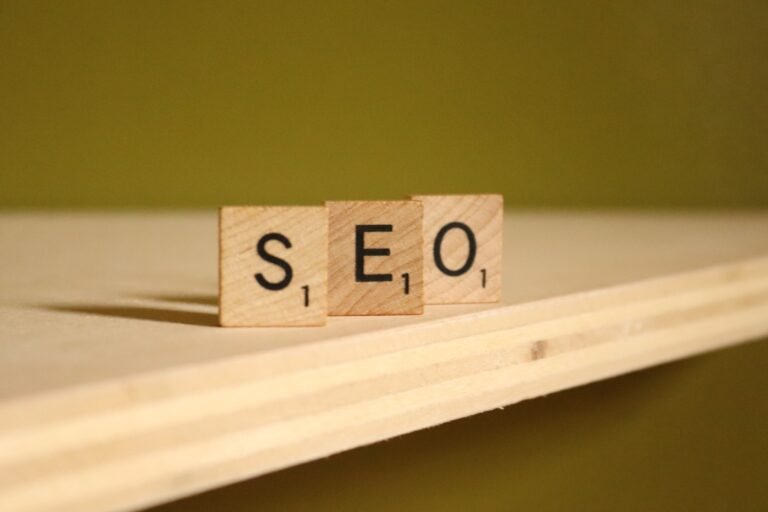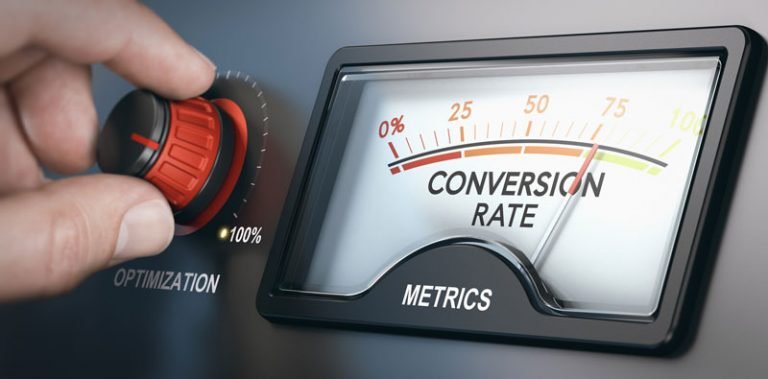How To Optimise Meta Titles
Are you fed up with your website’s search engine optimization (SEO) performance? Do you feel like your meta titles are just not doing enough to…

Are you fed up with your website’s search engine optimization (SEO) performance? Do you feel like your meta titles are just not doing enough to…


As a website owner or content creator, you may have heard about the importance of header tags for on page SEO. But what exactly are…


As a digital marketer, I have come across many strategies to improve website rankings on search engines. One of the latest techniques that has recently…


In the world of search engine optimization (SEO), every single detail can make a difference. One of those details is the URL structure of your…


Search Engine Optimisation, or SEO, isn’t something that you can master within the span of a single blog post. There are, however, some general guidelines…


Understanding how to get the search engines to recognise your eCommerce site and pay you the attention you deserve can be a struggle. Sometimes, it’s…
End of content
End of content